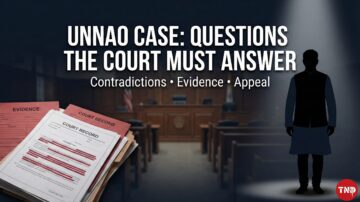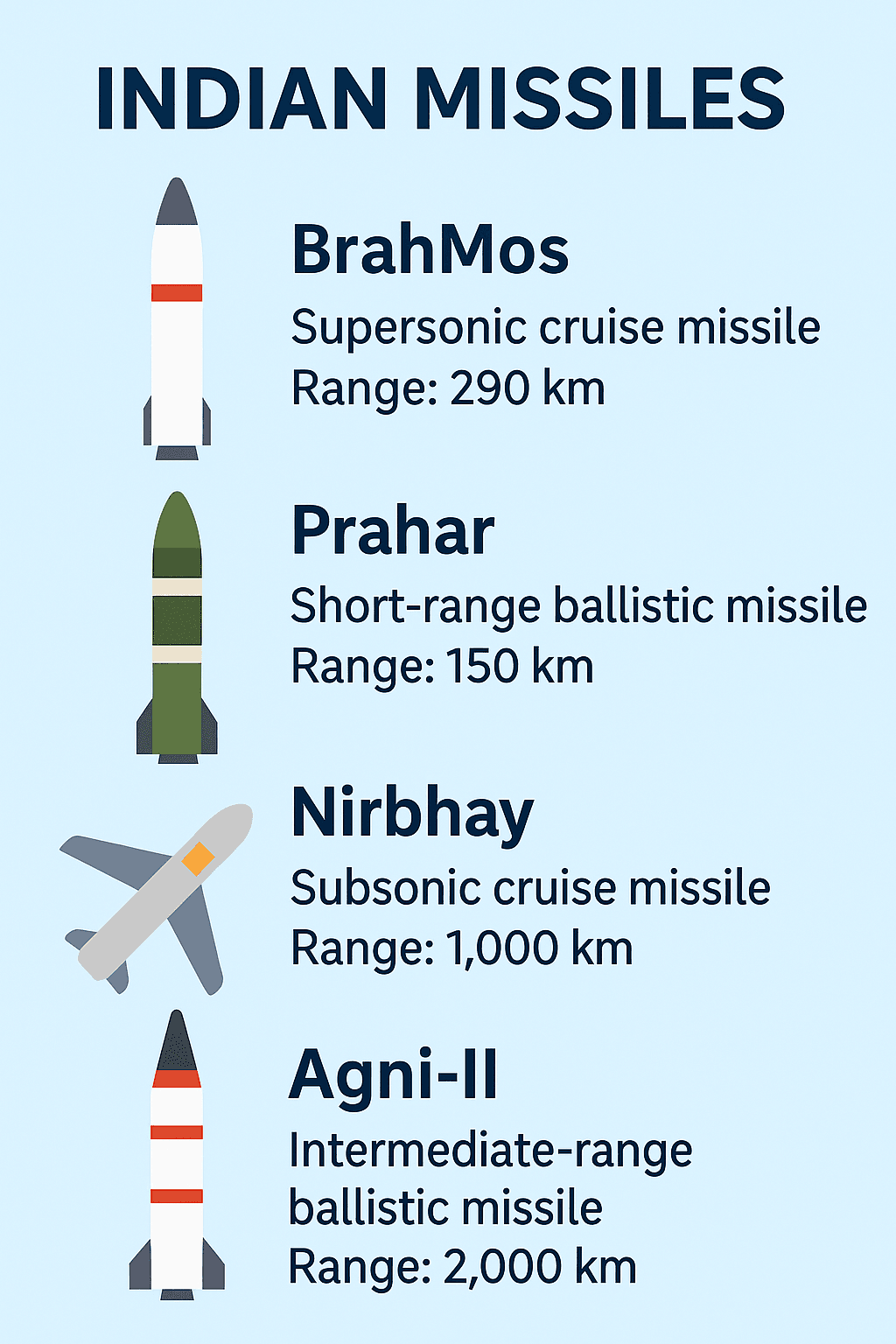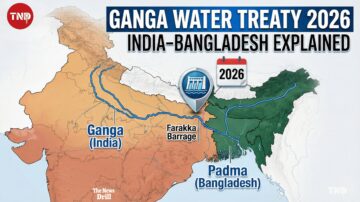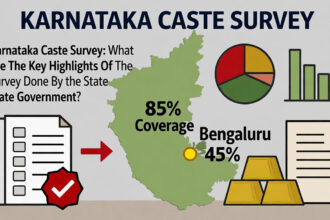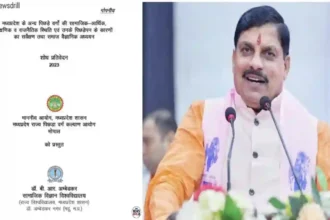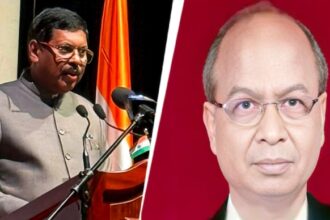Caste Census in India
Pic by: AIR
- Why a Caste Census Now?
- 1. Policy and Welfare Planning:
- 2. Demand for Social Justice:
- 3. Judicial and Administrative Utility:
- 4. Public Transparency and Representation:
- Key Features of the 2027 Census with Caste Enumeration
- Challenges in Conducting a Caste Census
- 1. Enumerating Sub-Castes:
- 2. Accuracy and Misreporting:
- People may misreport caste for perceived benefits or due to social stigma.
- 3. Social Sensitivities:
- 4. Political Polarization:
- International Comparisons:
- Implications for General Category People in India Due to Caste Census 2027
Introduction
India’s caste system is a deeply entrenched social reality, influencing everything from access to education and employment to social status and political representation. Despite its critical role in shaping Indian society, the last full caste-based data collection was carried out in 1931 during British rule. In recent decades, demands have grown for a comprehensive caste census, and the Government of India has now announced that the Population Census 2027 will include caste enumeration, conducted in two phases. This marks a significant policy decision with wide-reaching social, political, and economic implications.
Background of the Caste Census:
Pre-Independence
- The British colonial government conducted caste-based censuses from 1871 to 1931.
- The 1931 Census was the last full caste enumeration for the entire Indian population, providing valuable socio-demographic data that continues to influence policies.
Post-Independence Approach
- After 1947, the Indian government discontinued detailed caste enumeration, except for the Scheduled Castes (SCs) and Scheduled Tribes (STs).
- The rationale was to promote social integration and national unity, steering away from caste as a rigid identifier.
The Socio-Economic and Caste Census (SECC) 2011
While not part of the regular decennial census, SECC 2011 attempted to capture caste data. However, the caste data collected was never officially released due to concerns over its accuracy and methodological flaws.
Why a Caste Census Now?
1. Policy and Welfare Planning:
- Government schemes and affirmative action policies are based on caste, but without up-to-date data, resource allocation may not match current demographics.
- A caste census can help identify socio-economic disparities within and between caste groups.
2. Demand for Social Justice:
- Several political parties and civil society groups have demanded a caste census to better understand the needs of marginalized groups like OBCs (Other Backward Classes).
- Accurate data can help fine-tune reservation policies and uplift the most disadvantaged.
3. Judicial and Administrative Utility:
- Courts have questioned the basis of the current reservation system due to lack of comprehensive data.
- Reliable data could provide a factual basis for legal and administrative reforms.
4. Public Transparency and Representation:
- It would promote transparency in governance and data-driven representation in jobs, education, and politics.
Key Features of the 2027 Census with Caste Enumeration
Two Phases:
1. House Listing Phase: Gathering basic information on housing, facilities, and household members.
2. Population Enumeration Phase: Detailed data including caste identification.
Digital Tools:
Use of digital platforms and mobile apps to collect and process data more efficiently.
Privacy and Data Protection:
The government has promised to ensure data confidentiality and avoid misuse.
Challenges in Conducting a Caste Census
1. Enumerating Sub-Castes:
India has thousands of sub-castes and localized social groups, which complicates standardization.
2. Accuracy and Misreporting:
People may misreport caste for perceived benefits or due to social stigma.
3. Social Sensitivities:
There are fears that the caste census could reinforce divisions or lead to social unrest.
4. Political Polarization:
The caste census is a highly politicized issue, with different parties having varying stances based on their electoral base.
International Comparisons:
Countries like Brazil and South Africa collect data on race and ethnicity to ensure equity in public policy, providing useful precedents for India to consider. However, the Indian caste system’s complexity makes its implementation particularly challenging.
Implications of the Caste Census :
1. Positive Outcomes
- Better targeting of government schemes.
- More inclusive policy-making.
- Ground for reforming reservation policies.
- Empowerment of marginalized groups through data-driven advocacy.
2. Potential Risks
- Increased social fragmentation if caste identities are politicized.
- Risk of data misuse for vote-bank politics.
- Challenges to national integration if caste divisions are magnified.
Implications for General Category People in India Due to Caste Census 2027
1. Possible Recalibration of Reservation Policies
- Data-driven redistribution of quotas: With updated and accurate caste data, the government may revise the existing reservation system. If it is found that some backward castes have increased in population or remain highly underrepresented in key sectors, they may be allocated a larger share of reservations.
- This could potentially reduce the proportion of open seats available to the General category in jobs, education, and government institutions.
2. EWS (Economically Weaker Section) Quota Reassessment
- The 10% EWS reservation (introduced in 2019) for economically disadvantaged individuals from the General category is not based on caste but income and asset limits.
- A caste census could trigger a reassessment of the EWS quota, possibly prompting debates on its justification and scope if new caste-based disparities are revealed.
3. Intensified Political Marginalization
- Political parties may increasingly shift their focus toward numerically large caste groups, including OBCs and other backward communities, based on the census data.
- This could result in the General category, especially upper-caste groups, losing political influence or representation in certain regions or sectors.
4. Increased Social and Competitive Pressure
- If the caste census leads to an expansion of reservations or benefits to more castes under the “backward” umbrella, General category individuals may face increased competition for limited unreserved seats.
- This may exacerbate feelings of economic anxiety, social exclusion, or identity-based insecurity.
5. Demand for Sub-Categorization Within the General Category
- There might be internal divisions within the General category, leading to demands for finer sub-categorization, especially among the economically weaker or socially marginalized among upper castes.
6. Societal Tensions and Perception of Injustice
- If the census data leads to policies perceived as unfair or overly caste-favoring, it may deepen resentment or social divisions, particularly between the reserved and unreserved sections.
- This could lead to civil society debates, legal challenges, and possible protests.
7. Long-term Opportunities for Reform
- On a more constructive note, the caste census could eventually pave the way for a more rational, evidence-based reservation policy—possibly including economic criteria more explicitly, which might benefit poor individuals in the General category.
- It may also open up space for alternate modes of support (scholarships, skill development, job opportunities) based on economic need rather than caste alone.
Conclusion:
The decision to conduct a Population Census in 2027 with caste enumeration represents a historic policy shift. While it promises greater social justice, equity, and data-driven governance, its success depends on transparent methodology, robust data handling, and a non-partisan approach. If done right, the caste census could pave the way for a more inclusive and equitable India.




